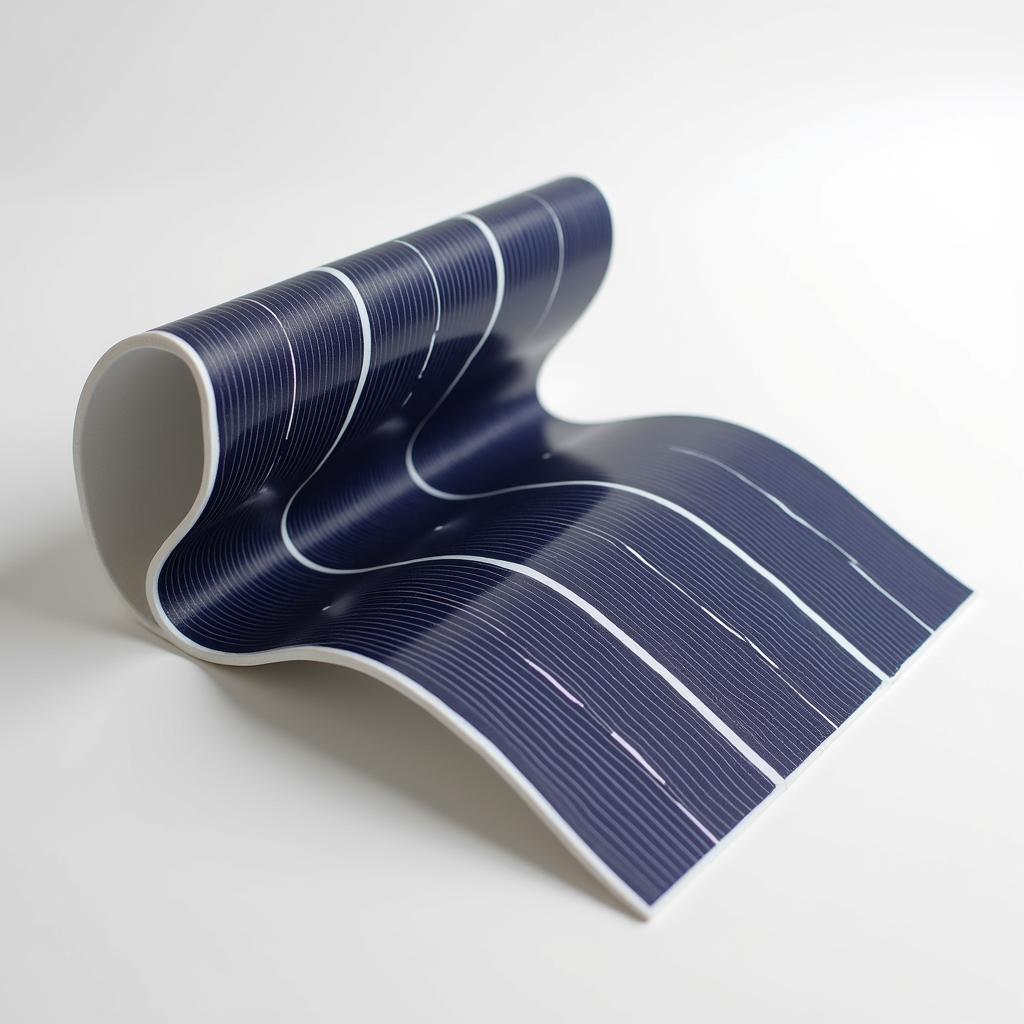3D printing is revolutionizing the field of energy storage, opening up new possibilities for the design and manufacturing of batteries, capacitors, and other energy storage devices. This combination promises to create more efficient, safer, and highly customizable energy storage solutions. Let’s delve deeper into the potential of 3D printing in this exciting area.
3D printing, also known as additive manufacturing, allows for the creation of three-dimensional objects from digital designs by adding material layer by layer. The outstanding advantage of this technology lies in its ability to create complex structures with high precision, which is difficult to achieve with traditional manufacturing methods. In the field of energy storage, this opens the door for designing and manufacturing electrodes with complex three-dimensional architectures, optimizing surface area and improving performance. Want to improve your design skills? Learn more about functions and tasks of the engineering design department.
Impact of 3D Printing on Batteries and Capacitors
3D printing enables the creation of electrodes with larger surface areas, leading to higher energy density and faster charging speeds. This is particularly important for applications such as electric vehicles and portable electronic devices, where size and weight are critical factors. Designing complex electrodes also allows for better control of ion flow, thereby improving battery performance and lifespan. Learn more about how to level up your Thanh Van Tru Tien 3D skills to enhance your 3D design capabilities.
Applications of 3D Printing in Other Energy Storage Systems
Beyond batteries and capacitors, 3D printing is also being applied to the development of other advanced energy storage systems, including fuel cells and flow batteries. 3D printing allows for the creation of complex structures for key components of fuel cells, such as electrode membranes and gas channels, helping to optimize performance and reduce production costs.
Challenges and Prospects of 3D Printing in Energy Storage
While the potential of 3D printing in energy storage is immense, there are still several challenges to overcome. One of these challenges is scaling up production to meet the growing demands of the market. In addition, the development of new printing materials with better electrochemical properties is also crucial to enhance the performance of energy storage devices manufactured using 3D printing. Practicing speaking skills will help you present ideas and convince others about the potential of this technology.
Future of 3D Printing in Energy Storage
According to Dr. Nguyen Van A, an expert in renewable energy, “3D printing will play a pivotal role in the development of next-generation energy storage systems, meeting the increasing demand for clean and sustainable energy.” The advancement of 3D printing technology promises to bring breakthroughs in the energy sector, contributing to a more sustainable future for all of us. You can also learn more about professional skills of mechanical engineers to better understand the applications of 3D printing in this field.
Conclusion
3D printing is ushering in a new era for energy storage, with the potential to revolutionize the design and manufacturing of batteries, capacitors, and other energy storage devices. The continuous development of this technology promises to deliver more efficient, safer, and highly customizable energy storage solutions, meeting the growing demands of modern society. The job management skills training course will help you manage projects related to 3D printing technology more effectively.
FAQ
- What types of batteries can be created using 3D printing?
- What are the advantages of using 3D printing in battery production?
- What challenges are being faced in applying 3D printing to energy storage?
- What is the future of 3D printing in this field?
- Can 3D printing help reduce battery production costs?
- What materials are used in 3D printing batteries?
- Can 3D printing create batteries with customized shapes?
Description of common question scenarios.
Many people wonder about the feasibility and practical applications of 3D printing in the field of energy storage. They are interested in whether this technology can help create more efficient, safer, and lower-cost batteries. Some common questions include: What types of batteries can be 3D printed? What are the advantages of using 3D printing in battery production? What challenges are being faced?
Suggestions for other questions, other articles on the website.
You can learn more about the skills needed for mechanical engineers in the article “Professional skills of mechanical engineers”. In addition, the article “Functions and tasks of the engineering design department” also provides useful information about the design and manufacturing process.
